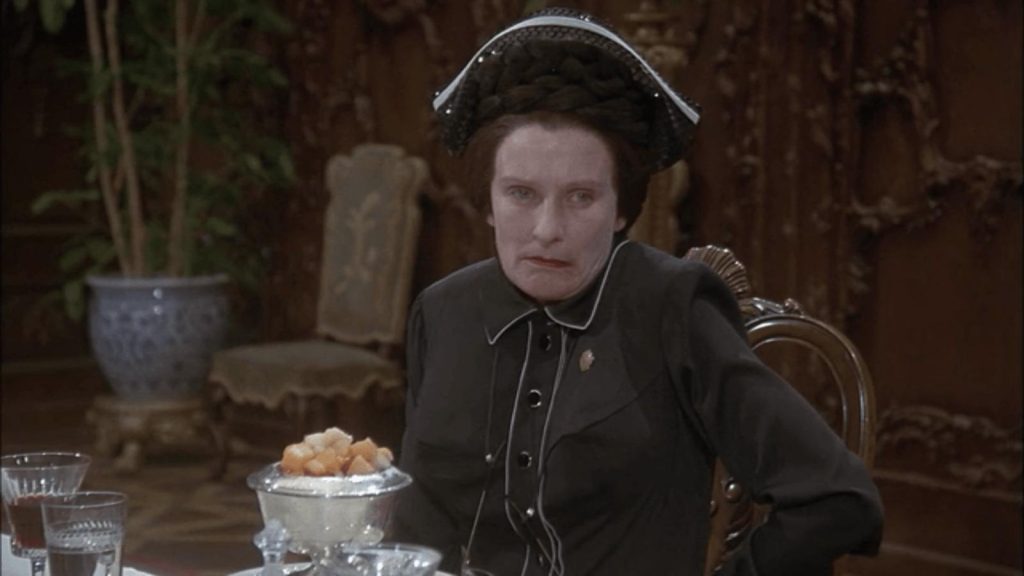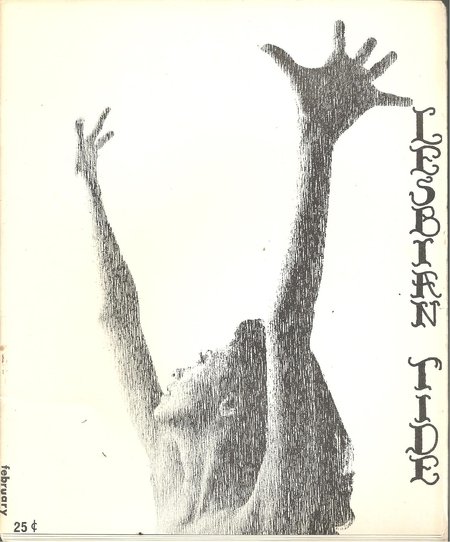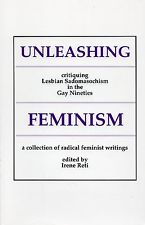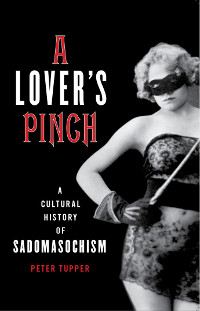Peter Samuel Cook was a serial rapist who attacked women in their homes in Cambridge, England, between October 1974 and April 1975. He was known in the press as the “Cambridge Rapist”.
Cook’s crimes were peculiarly theatrical. Today, we are still grappling with the idea that most rapes are committed by people the victim knew. Cook fit the stereotypical view of a rapist at the time, a socially marginal figure who broke into homes and assaulted strangers. Reportedly, if he didn’t find a victim, he would write taunting messages on their bathroom mirrors.
What’s significant for this discussion is that he wore a black leather hood with the word “RAPIST” literally written across the forehead. What puzzled me was, why and how did Cook get a leather mask? An ordinary cloth or wool ski mask or balaclava would have sufficed to conceal his identity.





